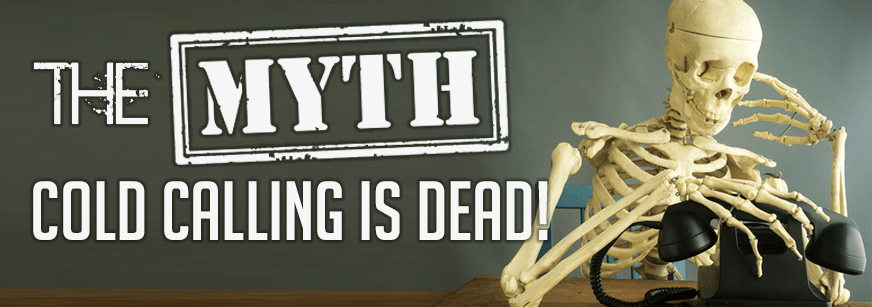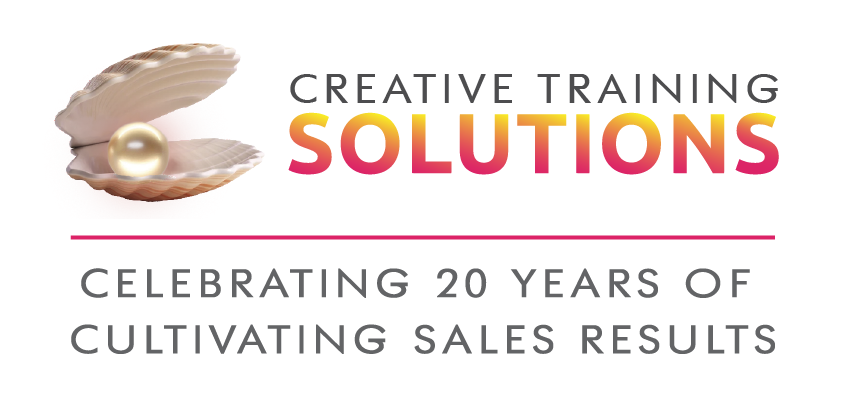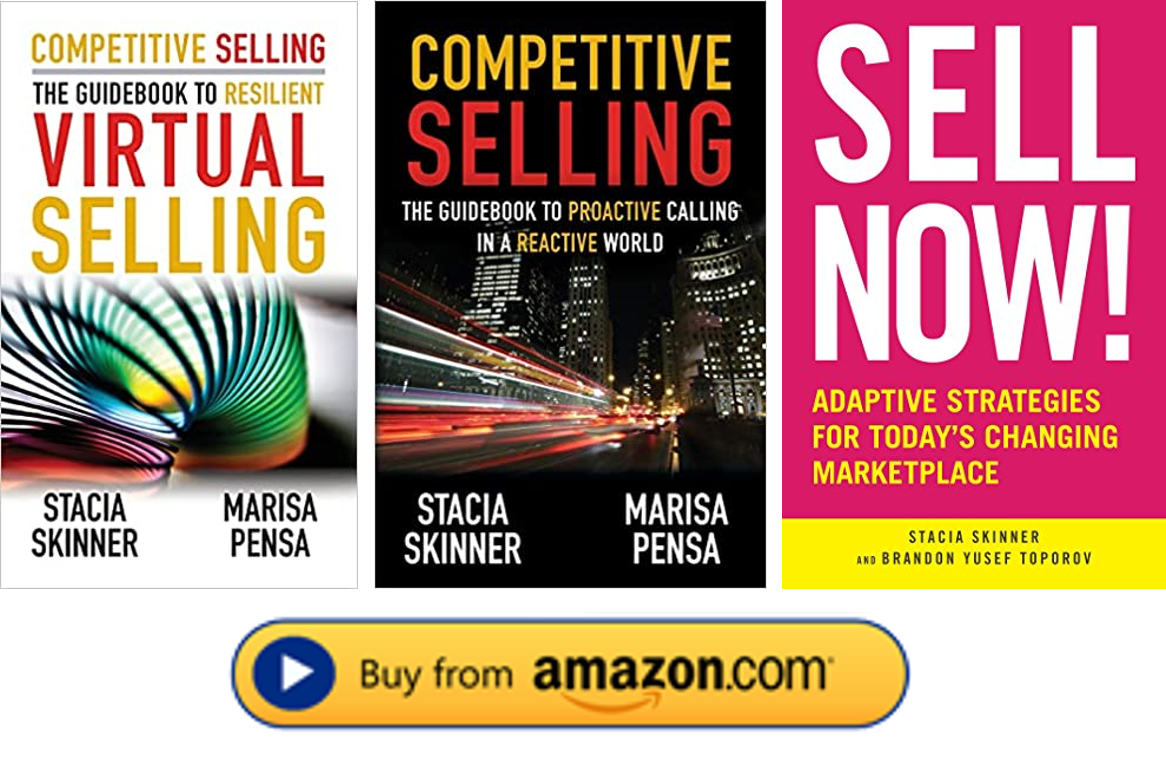Call Me Back After The First Of The Year!

The holiday season is upon us and before we know it a new year will begin. A lot of people…and companies for that matter…tend to check out during this season. The all too familiar “Call me after the first of the year” becomes the objection of choice for prospects as well as current customers.
Being well prepared for this conversation, ready to overcome this objection, can be the key to giving yourself a competitive advantage throughout the November and December selling months.
Here are three approaches for turning around the holiday objection, “Call me after the first of the year.” These are designed for prospects but can be tailored to current customers, too.
1. Explain why it makes sense to meet now instead of later.
“I completely understand. My only intention in getting together is to provide an understanding of what we have to offer before the new year begins. How does your schedule look for Tuesday at 2:00?”
“You know, Mary, I get that response a lot this time of year from my (other) customers. But really, this is a great time to talk about your 2019 initiatives, so you can be better prepared since the new year is just around the corner.”
“Just curious, what are your training initiatives (or whatever their responsibilities are) for the first quarter of 2019?” (Whatever they answer is the reason to get together.)
We want to spark interest today so they don’t wait until it is too late. The key is to continue the conversation and have your prospect come to the conclusion that it DOES make sense to meet or talk before the first of the year!
2. Confirm a callback date in the new year.
If you are unsuccessful in setting an appointment sooner (based on your solid reasoning about why it makes sense to do that) tell the prospect you will call back on a specific date.
For example say, “Mary, how about we do this…I will call you on Monday, January 7th and we will schedule a time to meet then. Will that work for you?” (You are not confirming a time of day at this point. You are simply setting yourself up for an effective follow up call.)
On January 7th you will call and say, “Mary, the last time we spoke back on November 15th we agreed I would call you today to schedule a time to get together. How’s Tuesday at 2:00 pm?”
You will gain a competitive advantage using this approach and demonstrate that you have an impeccable follow up habit.
3. Set a specific appointment (date and time) for January and start 2019 with a month full of pre-scheduled meetings.
In November and early December, go ahead and set actual January appointments while you are on the phone.
“Mary, so we can avoid phone tag in January, how about we go ahead and plan to get together on January 7th? Would 2 pm work for you? I am happy to send a calendar invite so it appears on both of our calendars.”
I don’t normally advocate making an appointment more than three weeks in advance; however, during this time of year you are better off scheduling something because no one else is doing it. Remember, the rule of thumb is: It is always easier to reschedule an appointment that is there, than one that was never there!
Make your holiday selling season stronger by preparing in advance to turnaround this predictable objection from both prospects and customers.
Good luck and good selling to you!
ETIQUETTE CORNER:
“I’m sorry – who are you again?”
‘Tis the season for business-related holiday parties…at your workplace or elsewhere. Let me ask you a question: Have you ever had a brain freeze when it comes to remembering a person’s name?
If you are expected to introduce that nameless person to someone else panic sets in. Not to worry — this happens all the time, especially if you are seeing someone in a different setting.
Here is what you can do:
1. Admit it: If you do not introduce the person they will figure out why anyway, or worse, just think you are being rude. You’re much better off admitting you forgot their name. (They probably forgot yours, too!)
2. Apologize: Saying a simple “I’m sorry” as you ask for their name could be all that’s needed for your brain freeze to be forgiven.
3. Move on: We have a tendency to go on and on about how terrible we are at remembering names and tell story after story. Forget it! Once you have remedied the situation move on to a different and better topic.
Here is another question for you. At your holiday office party, the president of your company comes up to you while you are speaking with a customer. What is the proper way to handle introductions?
The rule of thumb is you should always introduce the most important person – the one you would like to honor – first. In this case, even though your first instinct might be to consider the president of the company as the most important person, the client takes precedence.
So you would say: “Mr. Client, I would like to introduce you to the president of our company, Ms. Smith.” Then introduce the client to your president. “Ms. Smith, this is Mr. Client, our new customer I was telling you about.”
During this holiday season I hope you enjoy your current connections and meet lots of new potential customers, too. Have a joyous and happy holiday season. Cheers!



